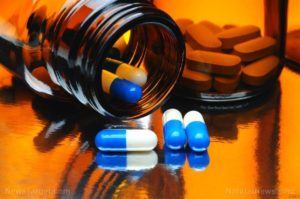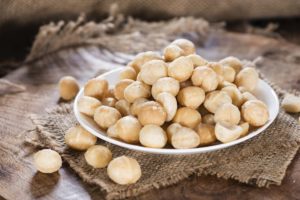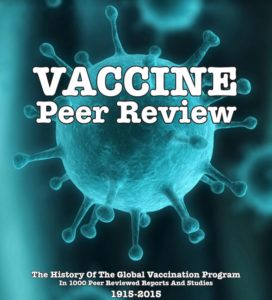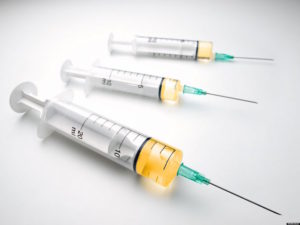
Many OTC drugs are linked to an increased risk of hearing loss

Among the side effects caused by prescription medications, only the severe ones seem to grab the public’s attention. Relatively milder adverse outcomes, such as ototoxicity, are usually ignored, no matter how common they may be. As a result, there is a considerable chance that your medicine cabinet currently contains a drug that can permanently and irreversibly damage your sense of hearing.
What’s worrisome is that the drugs noted for being ototoxic – toxic to your ears – include those that are easily obtainable. Common over-the-counter pain relievers like ibuprofen and acitaminophen (Tylenol) are two of the drugs on the list – when used two or more times in a single week, they can increase your risk of suffering from hearing loss.
The effect is caused by damage to the sensory hair cells in your inner ear. These small hairs are very sensitive and even minor damage to them can impede their ability to translate sound into nerve impulses that your brain can “hear.”
In most cases, the effect is reversible. For example, aspirin, another mainstay in many home medicine cabinets in the U.S., causes hearing loss when used more than twice a week, but the effect disappears once usage of the drug is stopped. But considering the variety of ototoxic medications there are on the market, ranging from common medications like pain relievers and antibiotics to more complex examples like chemo drugs and medication used for erectile dysfunction, it may not take long to damage them permanently because if you cause your ears enough damage it becomes irreversible.
Unfortunately, the effect comes on suddenly and without warning. You could be hearing just fine today but not tomorrow. You can take several steps to lower your risk of suffering from hearing loss, but limiting your use of – if not downright avoiding – OTC and prescription medications and opting for natural alternatives is one of the best ways to go about it.
10 Fascinating Health Benefits Of Macadamias

Good to know these things about one of my ingredients!
https://www.foodmatters.com/article/10-fascinating-health-benefits-of-macadamias
You’re Better Than That

Wise words! ‘Cos you ARE better than that! Remind yourself of it as and when needed!
Vaccine Peer Review

If you have any doubts or reservations as to the dangers and lack of certainty of conferred immunity from vaccines, here are 1000 scientific studies and reports showing the dangers and failure of vaccines from peer reviewed medical journals.
https://drive.google.com/file/d/0B-3HYCk9rvfGTmd1dEVoRFRfZW8/view
I Never Accepted The Role

Some doctors do their homework and value their integrity and responsibility to their patients over and above money and adherence to the dictates of tyrannical authority.
Almond Lemon Cake Recipe

This looks pretty jolly good! I am going to try it for Christmas.
https://www.texanerin.com/grain-free-italian-lemon-almond-cake-torta-caprese-bianca
Easy To Take What You Don’t Know You Have
Vaccines Cause Autism, Leukemia and Lymphomas

A good viewpoint for parents. We have to know the truth here, despite the attempted cover up by the vaccine promoters.
How Did We Go From…

And there have been NO safety tests done on the vaccines being administered to pregnant women. In fact according to statistics they substantially increase the risk of miscarriage!

